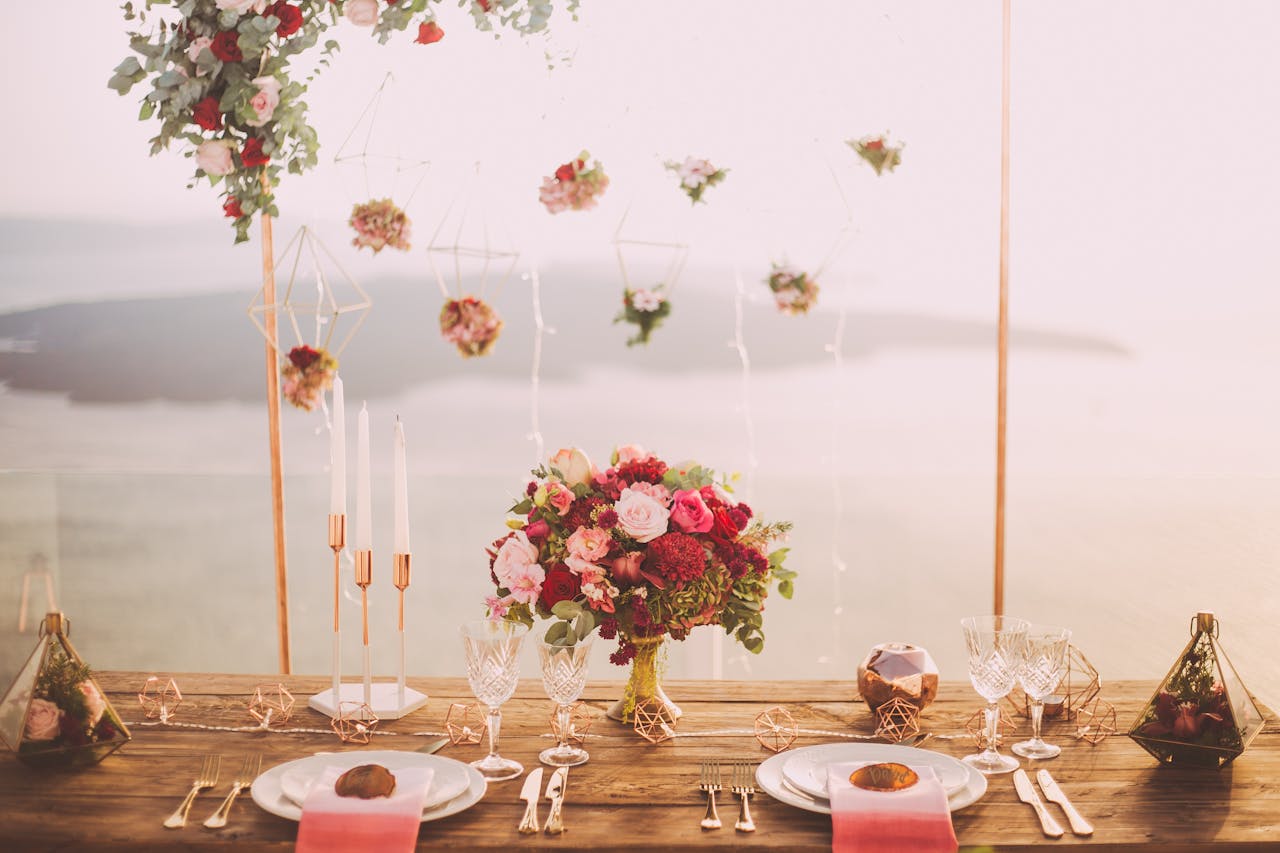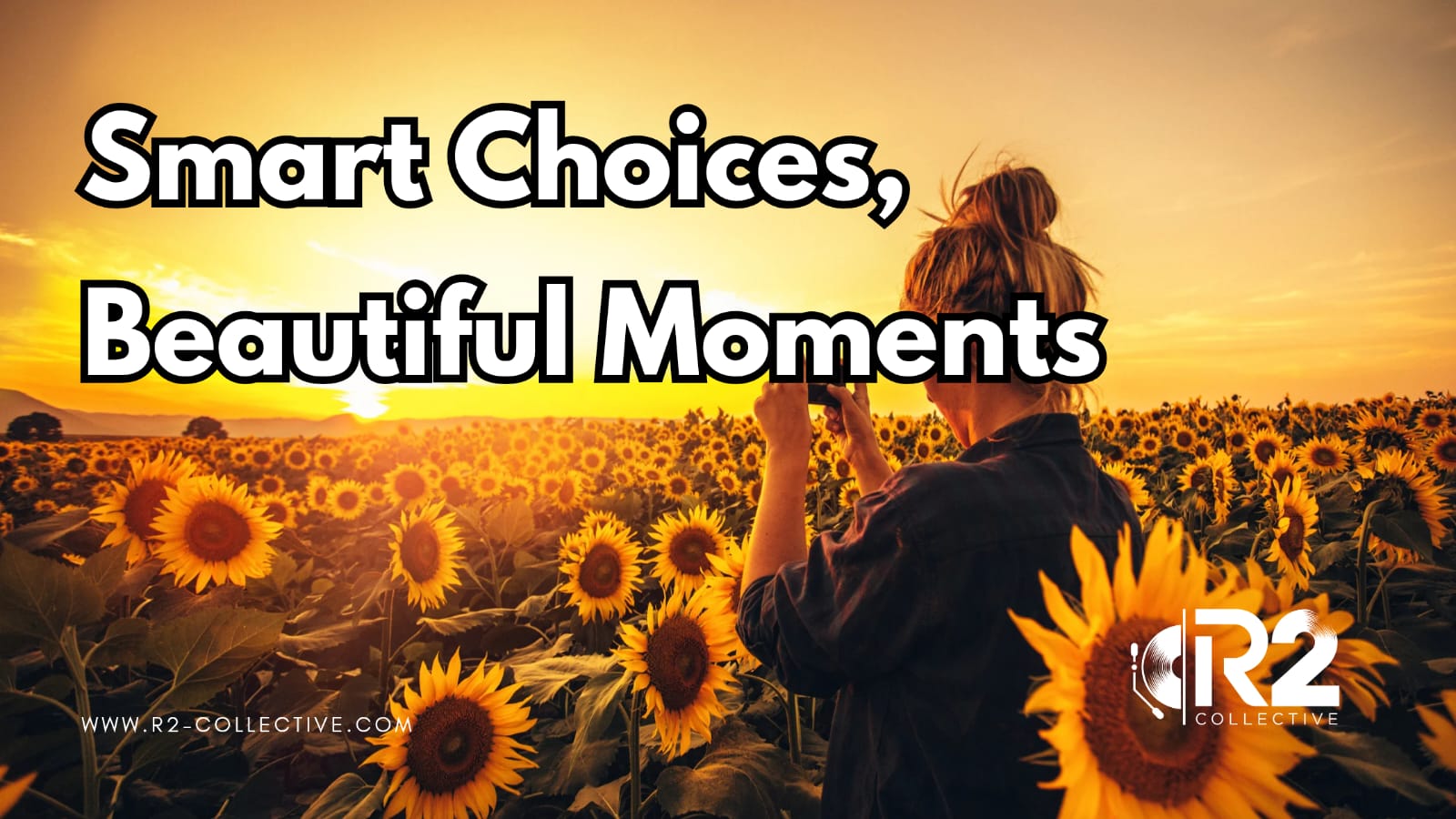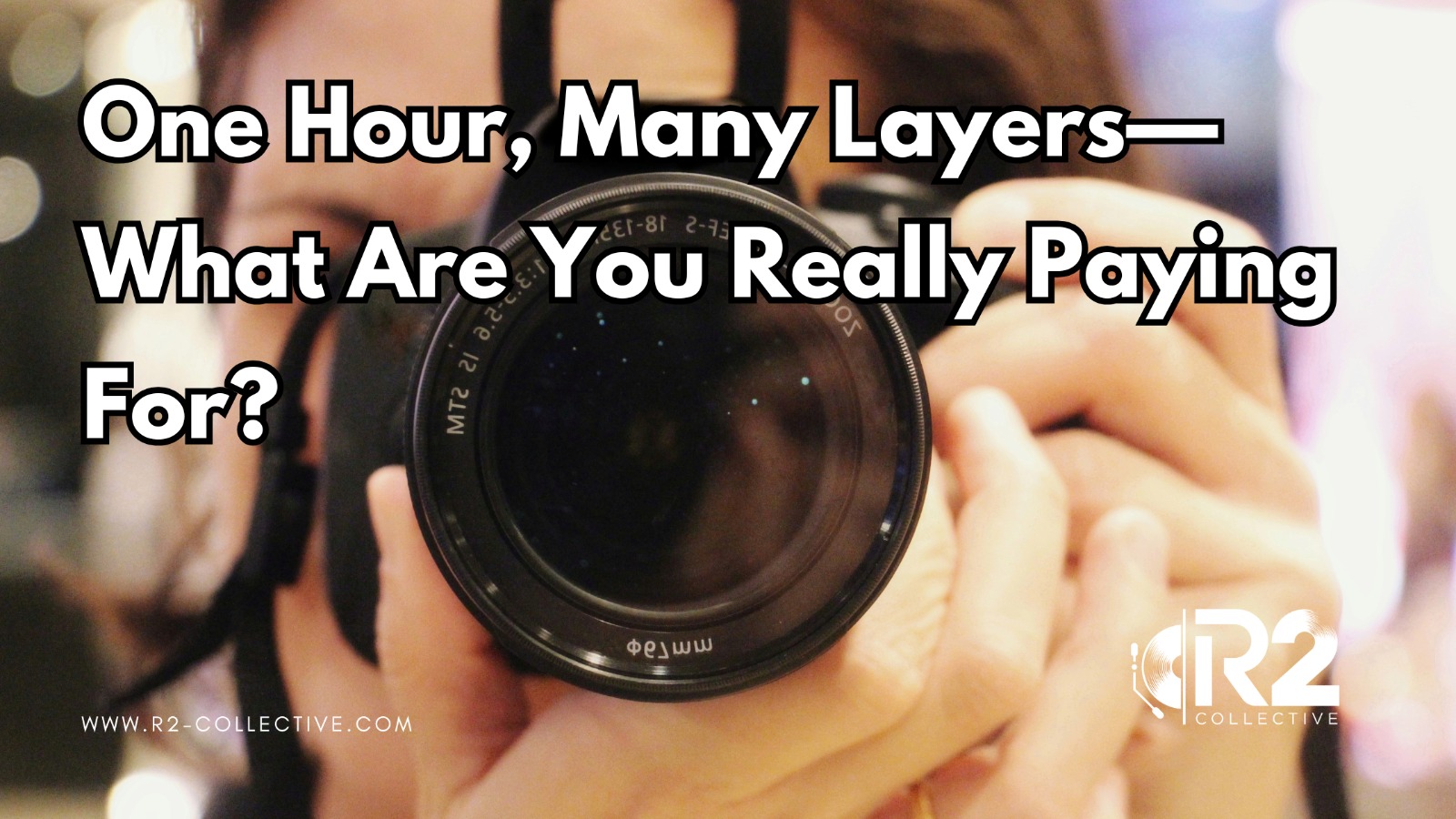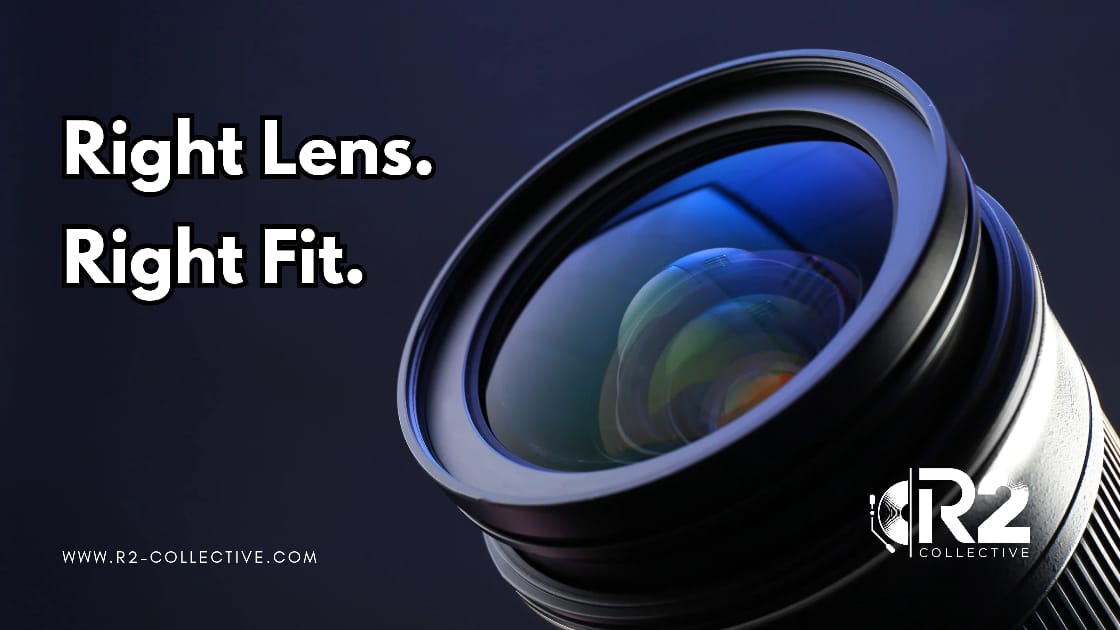Hiring a photographer for your event might sound simple at first. But once you begin planning, it’s clear that choosing the right person to document your event takes more thought than expected. You may find yourself wondering: What exactly do event photographer services include? What should you look for in a professional? How can you ensure your nonprofit event is captured in a way that reflects its energy and importance?
This guide is here to walk you through everything you need to know about event photography. We’ll explore what’s typically included in these services, how to evaluate your options, and how to make the right choice—especially if you’re a nonprofit leader planning an important gathering.
What Does Event Photography Include?
Photographers who specialise in events don’t just show up with a camera. Their services usually cover several phases of the job—before, during, and after your event. Understanding what’s included helps you set clear expectations and avoid surprises later.
Pre-Event Planning
Professional event photographers usually offer a pre-event consultation. This is when they get to know your event, your timeline, and what’s most important to capture. They may ask about:
- Event type and goals (e.g. charity gala, community fundraiser, award ceremony)
- Venue lighting and layout
- A list of key moments or individuals to photograph
- Dress code or event theme
This step helps both you and the photographer stay organised and aligned.
Event Day Coverage
The most obvious part of event photographer services is capturing the event itself. This involves:
- Arriving early to set up and assess lighting
- Taking candid and posed shots of attendees
- Capturing speakers, performers, and special moments
- Working discreetly to avoid disrupting the flow
An experienced photographer is observant, patient, and always ready to shoot when the right moment appears.
Professional Equipment and Backup
A good photographer brings more than one camera. Expect them to have:
- A primary and backup camera body
- A variety of lenses (wide-angle, zoom, portrait)
- Lighting equipment for dark venues
- Backup batteries and memory cards
This preparation ensures they’re ready for any situation, and that technical failures won’t ruin your coverage.
Post-Event Editing and Delivery
Once your event ends, the photographer’s work continues. The next steps typically include:
- Selecting the best photos
- Cropping, correcting colours, and balancing lighting
- Uploading the final images to an online gallery
- Sharing high-resolution files with download options
Delivery times vary, but most photographers provide edited images within one to two weeks.
Usage Rights and Licensing
Before signing an agreement, make sure you understand how you can use the photos. You might need to:
- Give credit when sharing images online
- Request permission to use them in printed brochures
- Confirm whether commercial use (e.g. fundraising ads) is allowed
These details should be clarified in the contract.
Why Event Photography Matters for Nonprofits
For nonprofits, photography isn’t just about nice pictures—it’s a storytelling tool. Powerful images can:
- Build trust with donors
- Capture the emotion behind your mission
- Help with grant applications
- Improve your website and annual reports
Events are often emotional, energetic, and meaningful. Photos give you the power to preserve those moments and use them to connect with your audience long after the event ends.
How to Choose the Right Event Photographer
With so many professionals offering services, narrowing down your choices can be overwhelming. Here’s a practical approach to choosing someone who fits your event and budget.
Know What You Need
Start by defining your priorities:
- Will you need coverage for an entire day or just a few hours?
- Do you want more candid or posed shots?
- Will your event have multiple activities happening at once?
Knowing the answers helps you identify photographers whose style and experience match your expectations.
Review Portfolios and Experience
Look for someone who has photographed events similar to yours. A strong portfolio should show:
- Consistent image quality
- A variety of angles and lighting situations
- Moments that feel authentic and emotional
Ask Smart Questions
When interviewing photographers, ask:
- How many events like this have you photographed?
- How do you handle low-light situations?
- What’s your usual turnaround time?
- What happens if your gear malfunctions?
Their answers can reveal how well they plan, problem-solve, and prioritise professionalism.
Get a Clear Agreement
A contract protects both you and the photographer. It should include:
- Dates and times of coverage
- List of deliverables (number of edited photos, format)
- Image usage rights
- Payment terms
Never proceed without a written agreement.
Common Photography Packages
Most photographers offer tiered packages based on hours, number of photos, and extras.
Half-Day Packages
Great for:
- Fundraisers
- Workshops
- Seminars
Includes 3–4 hours of coverage and 100–150 edited images.
Full-Day Packages
Ideal for:
- Conferences
- Festivals
- Multi-venue events
Covers up to 8 hours and 300+ edited images.
Add-On Services
Some photographers offer:
- Same-day sneak peeks
- Photo booths with props
- Instant social media-ready edits
- On-site printing
Ask about available extras to enhance your event.
Real-Life Example: A Successful Gala Night
Let’s look at a real example:
Event: Women in Health Fundraising Gala
Location: City Conference Centre
Photographer: A pro with previous nonprofit and corporate event experience
Coverage: 6 hours
The photographer captured:
- Pre-event setup and décor
- Arrival of VIP guests
- Speeches and live entertainment
- Candid guest interactions
Outcome:
- Delivered 200+ edited photos in 4 days
- Used in press releases, social media, and an annual report
- Donor engagement on social posts increased significantly
Pros and Cons of Hiring a Professional
Pros
- Higher quality images with consistent style
- Experience handling varied conditions
- Saves your team from worrying about capturing content
- Includes editing and proper formatting
Cons
- Cost may be higher than amateur options
- May need advance booking
- Some charge extra for travel or printing
Consider these points when budgeting.
Frequently Asked Questions
Can staff or volunteers handle photography?
Yes, but professional quality can vary. Pros know how to manage lighting, angles, and timing for great results.
When should we book our photographer?
Book at least 4–8 weeks ahead. Peak seasons fill quickly.
Do all photographers edit the photos?
Most include editing in their service. Raw files are rarely delivered unless discussed in advance.
Can we request specific images?
Yes. Share a shot list before the event. It ensures no important moment is missed.
What if our event goes longer than expected?
Ask if they offer hourly extensions. Most do, but it should be in the contract.
Tips for Working with Your Photographer
To make things smoother:
- Designate a staff member to help the photographer identify key people
- Share the timeline and run sheet in advance
- Create a list of must-have moments or group shots
- Provide feedback after the event to build a better relationship for the future
Final Thoughts: Capture the Heart of Your Event
Choosing a photographer for your event is about more than taking nice photos. It’s about preserving the energy, purpose, and people who make your event matter.
Whether you’re hosting a small charity dinner or a large annual gala, professional photography brings lasting value. It supports your outreach, builds trust with donors, and gives your team the visual content needed for ongoing communication.
Take your time when selecting a photographer. Review portfolios, ask clear questions, and be upfront about your goals.Want more tips on event planning for nonprofits? Subscribe to our newsletter for regular advice and free resources.









